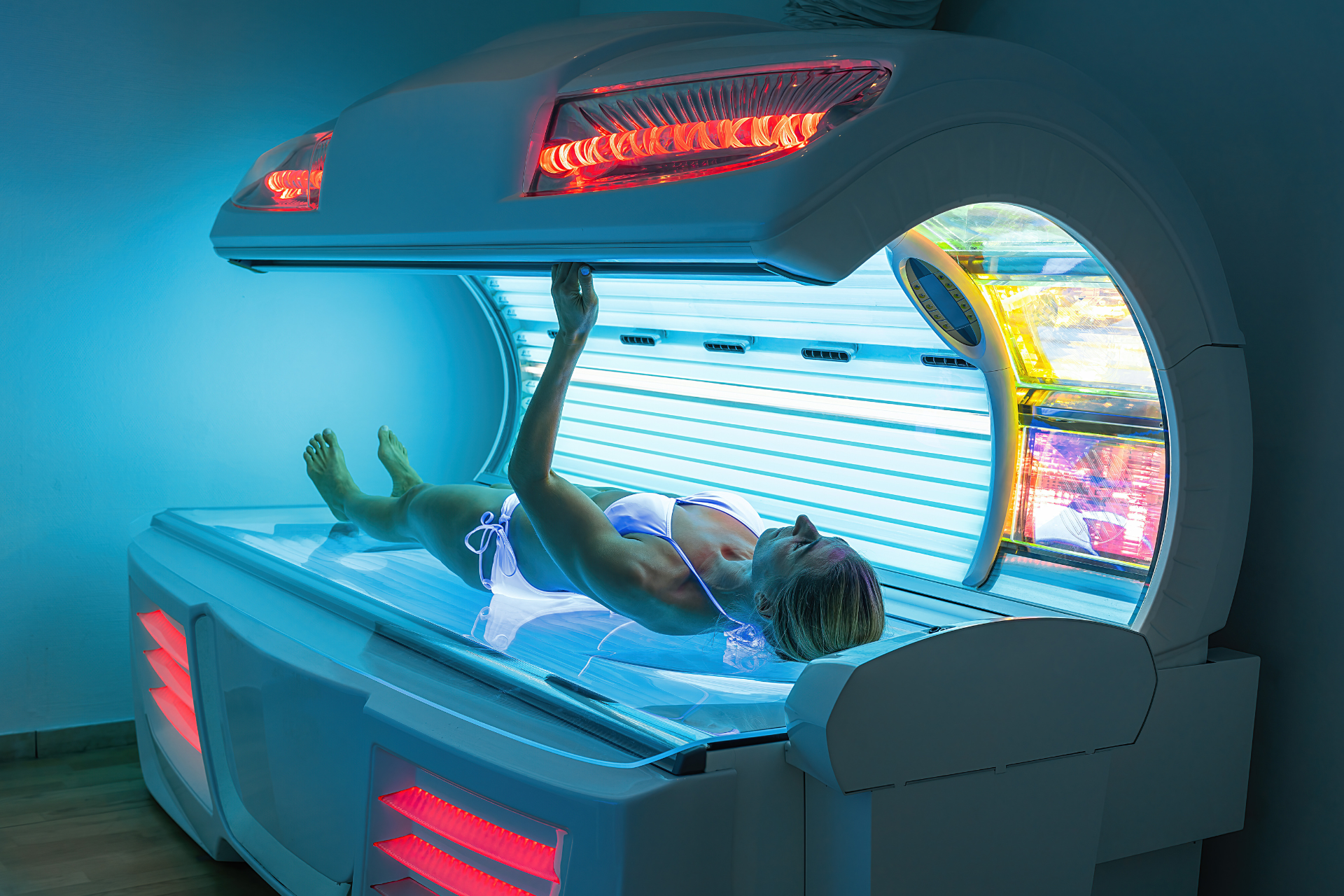The Link Between Skin Cancer and Tanning Beds: What You Need to Know

At Fall Creek Skin and Health Clinic, we prioritize educating our patients about the potential risks associated with various practices, particularly those affecting skin health. One of the most concerning trends over the years has been the popularity of tanning beds. While many perceive tanning beds as a convenient way to achieve a bronzed glow, it is crucial to understand the significant link between tanning beds and skin cancer.
Understanding Tanning Beds
Tanning beds emit ultraviolet (UV) radiation, which can significantly affect the skin. They work by using fluorescent bulbs that produce a combination of UVA and UVB rays. While UVB rays are primarily responsible for sunburns and stimulating melanin production (the substance that gives skin its color), UVA rays penetrate the skin more profoundly, leading to premature aging and increasing the risk of skin cancer.
Increased Risk of Skin Cancer
The World Health Organization (WHO) classifies tanning beds as Group 1 carcinogens, which means they are known to cause cancer in humans. Research has shown that individuals who use tanning beds before the age of 35 increase their risk of developing melanoma, the most deadly form of skin cancer, by 75%. Moreover, the risk of other types of skin cancer, such as basal cell carcinoma and squamous cell carcinoma, also escalates with tanning bed usage.
Why Are Tanning Beds So Dangerous?
The primary danger of tanning beds lies in their concentrated UV exposure. Unlike natural sunlight, which is often mitigated by clouds and atmospheric interference, tanning beds deliver a direct dose of radiation. This intense exposure damages the DNA in skin cells, leading to mutations that cause uncontrolled cell growth—resulting in skin cancer.
Additionally, many users of tanning beds fall into a false sense of security, believing that a "base tan" will protect them from future sunburns. However, this misconception can lead individuals to spend even more time in either tanning beds or the sun, further increasing their risk of harm.
Protecting Your Skin
If you are considering achieving a tan, there are safer alternatives. Sunless tanning products, such as sprays and lotions, can provide a bronzed appearance without the harmful effects of UV radiation. If you want to enjoy the sun, ensure you are using a broad-spectrum sunscreen with an SPF of at least 30, reapply it regularly, and seek shade during the peak hours of sunlight.
At Fall Creek Skin and Health Clinic, we also offer comprehensive skin assessments, which can help identify any abnormal growths or changes in your skin that may require further medical attention. Regular skin checks are essential, especially for those with a history of tanning bed use, as early detection can significantly improve treatment outcomes.
Final Thoughts
The link between tanning beds and skin cancer is clear and concerning. While the desire for tanned skin is common, it is essential to weigh the aesthetic benefits against the serious health risks. Understanding these dangers allows you to make informed choices about your skin health. At Fall Creek Skin and Health Clinic, we are committed to helping you maintain healthy skin at an affordable cost, offering both preventive care and treatment for various skin-related issues. Schedule an appointment with us today to discuss your skin health and explore safer ways to achieve your desired look.




